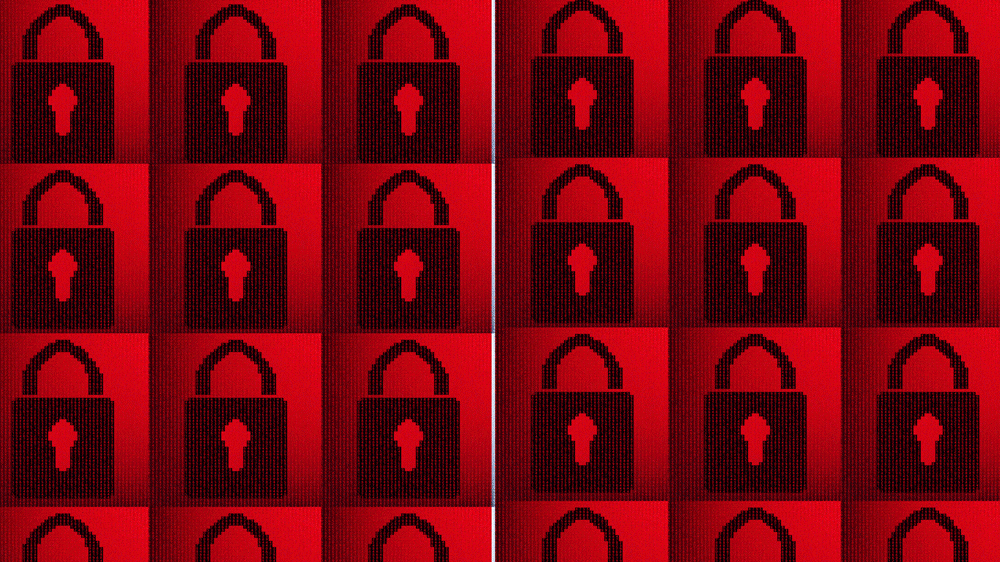Have you got something extra sensitive to share with The Daily Beast? I’m happy to announce that as of today, you can send us tips and documents through our SecureDrop system.
For the unfamiliar, SecureDrop is a combination drop box and electronic vault designed for the sole purpose of protecting sources who need to communicate with reporters anonymously and privately. Today it’s maintained by the nonprofit Freedom of the Press Foundation, and it’s already in use at dozens of top-flight news organizations like The New York Times, The Washington Post, and now The Daily Beast.
If you don’t need SecureDrop’s added security, email will always be the easiest way to reach us.
Though it’s grown significantly, SecureDrop was originally developed by activist-coder Aaron Swartz, computer security expert James Dolan, and myself, beginning way back in 2011 while I was working at Wired magazine. I’d been bothered by the fact that news outlets, including my own, weren’t architecting for sources the way we did for readers. All the innovation was focused on website design and advertising, and the only place encryption was built in was on subscription pages that accept credit card numbers.
Meanwhile, if someone had a tip to share or a document to leak, they’d have to find their own way to get it to the newsroom, and for all but the most tech-savvy that usually meant an insecure and easily traced email.
Determined to fix that problem, my first call was to Aaron, because he had the right mix of coding skill and activist ethic for the project, and I knew him. He loved the idea and started work immediately. A little later a security specialist named James Dolan volunteered to build out a secure environment for the app to run on, which was crucial. Without that it would have been a brick house built on a sand foundation.
It turns out the timing for a tool like SecureDrop was perfect. A couple of months before we launched and released the code, it emerged that Obama’s Justice Department had seized the phone records of the Associated Press and a bunch of individual AP reporters to try and unmask an anonymous source. That was a first, and it vividly illustrated the need for a more secure (though surely not foolproof) channel between journalists and high-risk sources.
Soon after the launch, the Freedom of the Press Foundation, a nonprofit co-founded by internet pioneer John Perry Barlow, agreed to take over our codebase and invest in its future development, and newsrooms began signing up in droves.
Sadly, Aaron never got to see the launch, and SecureDrop’s explosive growth. He took his own life in 2013. James Dolan passed away last December. And to everyone’s sorrow, Barlow passed away this week following a long bout with a heart condition.
Their work lives on.




